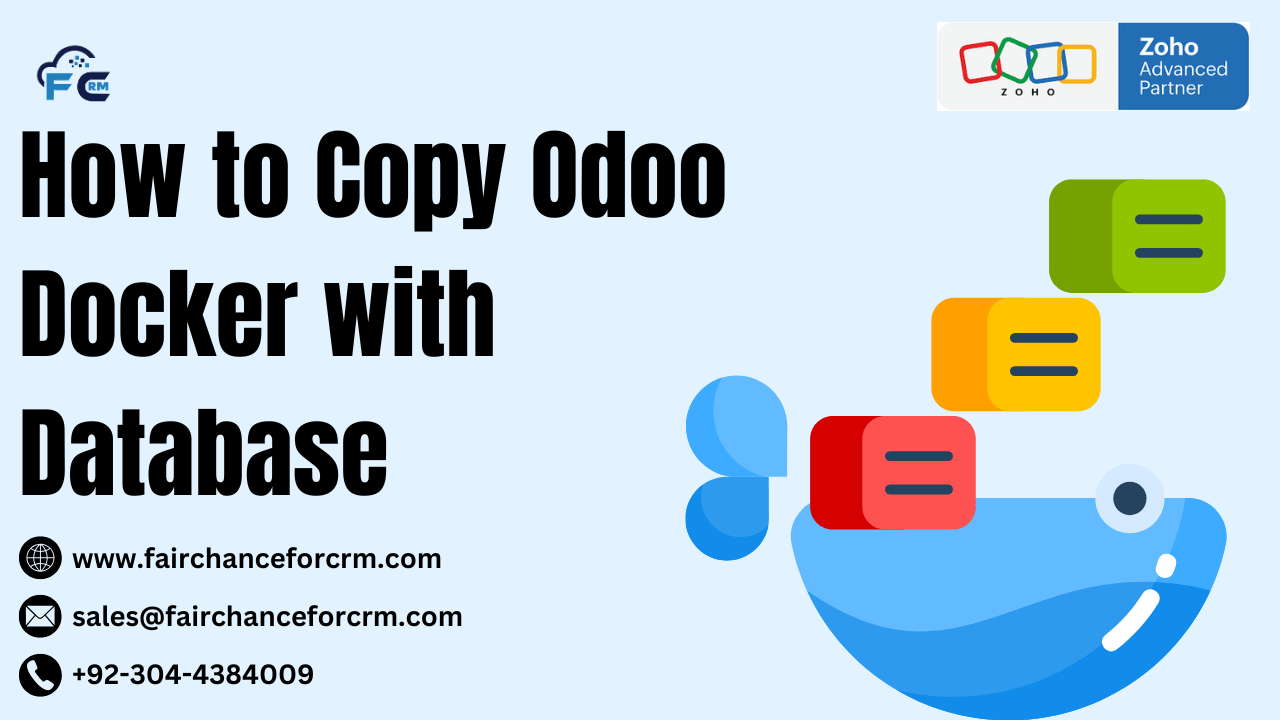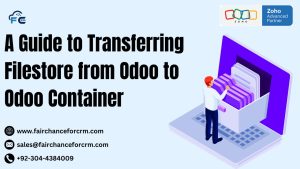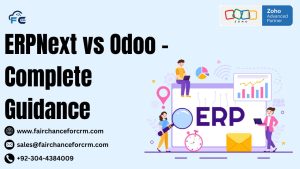How to Copy Odoo Docker with Database. When deploying Odoo with Docker, the process of managing the application’s database can be tricky. If you want to replicate or move your Odoo Docker environment along with its database, you’ll need to understand the right steps for creating a copy of your Odoo Docker container and its database. This ensures smooth transitions between environments, backups, and even migration to another server or machine.
In this article, we’ll walk you through the necessary steps to copy Odoo Docker with its associated database. Whether you’re moving your application to a new server or simply backing up the system, these steps will help you get it done efficiently. More Information about How to Copy Odoo Docker with Database is discussed below.
Also Read:
- Odoo Pactera – A Powerful Partnership
- Kubernetes and Odoo
- Why Doesn’t Odoo Process Provide the Option to Block
- How to Create Product Variants in Odoo
- Odoo Pricing Complete Guidance
How to Copy Odoo Docker with Database?
Before diving into the specifics, let’s take a moment to understand why using Docker for Odoo is such a great idea:
- Environment Consistency: Docker ensures that your application runs in the same environment regardless of where it’s deployed. This removes the “it works on my machine” problem.
- Portability: You can easily move Docker containers across various machines, which makes scaling and migration much easier.
- Easy Management: Docker simplifies the process of managing dependencies, versions, and configurations.
Now that you know the benefits and How to Copy Odoo Docker with Database, let’s explore how to copy your Dockerized Odoo instance along with its database.
Pre-Requisites
Before we start copying Odoo Docker with its database, make sure you have the following:
- Docker Installed: Ensure Docker is installed and running on the machine.
- Odoo Docker Container Running: You should already have an Odoo instance running in a Docker container.
- Database Configuration: Ensure that your Odoo instance is properly configured to use a database (PostgreSQL is commonly used with Odoo).
- Basic Understanding of Docker: Familiarity with commands like
docker ps,docker exec, anddocker-composewill be helpful.
Step-by-Step Guide to How to Copy Odoo Docker with Database
Step 1: Identify Odoo and Database Containers
The first thing you’ll need to do is identify the Odoo container and the associated database container. If you’re using docker-compose, the containers will be defined in a docker-compose.yml file.
To list all running Docker containers, use the following command:
This command will display all active containers along with their names, IDs, and other details. Look for your Odoo container and PostgreSQL database container.
Step 2: Back Up the Odoo Database
The most crucial step in this process is backing up your Odoo database. For most Odoo instances, PostgreSQL is the default database system. You need to create a backup of the PostgreSQL database that is running alongside your Odoo instance.
- Access the PostgreSQL Database ContainerUse
docker execto access the PostgreSQL container. You need to know the container name or ID, which you can find from thedocker psoutput. - Create a Backup of the DatabaseInside the PostgreSQL container, use the
pg_dumpcommand to back up the Odoo database. Replace<your-database-name>with the actual database name used by Odoo.This will create a backup of your Odoo database in a compressed format. The backup file is saved in the
/tmpdirectory of the container. - Copy the Backup File to the Host MachineOnce the backup is created, copy it from the PostgreSQL container to your host machine:
Now you have a backup file on your local machine that can be used to restore the database later.
Step 3: Copy the Odoo Docker Container
If you want to create a copy of your entire Odoo Docker container, including all configurations and data, you can create a new image of the container.
- Commit the Odoo Docker Container to an ImageFirst, commit your current Odoo container to a new Docker image:
This command will create a new image from your running Odoo container. The
<new-odoo-image-name>is the name you want to give to the new image. - Save the Docker Image to a File (Optional)You can save the Docker image to a tarball file to make it easier to move or back up:
This will create a
.tarfile that contains your Docker image.
Step 4: Restore the Database on the New Server
Once you’ve copied the Odoo Docker image and the database backup, you’ll need to restore the database on your new environment.
- Restore the DatabaseCopy the backup file (
odoo-backup.dump) to the new PostgreSQL container. Then, restore the database using thepg_restorecommand:This will restore the Odoo database on the new server, ensuring that all data is replicated.
Step 5: Run the Odoo Container on the New Server
- Load the Docker Image on the New ServerIf you’ve saved the Docker image as a tarball, you can load it into Docker on the new server:
- Start the Odoo ContainerOnce the image is loaded, start a new container using this image:
- Link Odoo to the New DatabaseFinally, ensure that the Odoo container is correctly linked to the PostgreSQL database container. This can be done by configuring the correct database connection settings in Odoo’s configuration file.For example, if using environment variables with Docker, ensure the
DB_HOST,DB_PORT,DB_USER, andDB_PASSWORDvariables are set appropriately.
Step 6: Verify the New Setup
Once everything is in place, verify that the new Odoo container is running correctly and that it is connected to the restored database. Check the Odoo logs for any errors and confirm that all data is intact.
Also, verify that you can access the Odoo instance in your browser and confirm the database contents.
Conclusion: How to Copy Odoo Docker with Database
How to Copy Odoo Docker with Database container with its database is a straightforward process once you understand the steps involved. By following these steps, you can ensure that your Odoo instance, along with its data, is replicated correctly to a new server or environment. This can be useful for creating backups, scaling to a new environment, or moving to a new machine.
FAQs
Can I move an Odoo Docker container to a new server?
Yes, by creating an image of your Odoo container and copying the database backup, you can easily move the Odoo Docker container to a new server.
How do I restore an Odoo database backup?
You can restore an Odoo database using the pg_restore command inside the PostgreSQL container.
How do I back up an Odoo Docker container’s data?
You can back up the Odoo Docker container’s data by backing up the PostgreSQL database and optionally creating a Docker image of the Odoo container.
What if I don’t use PostgreSQL for my Odoo database?
If you use a different database, you would need to adjust the backup and restore steps accordingly, depending on the database type.
Is it possible to automate the backup and copy process?
Yes, you can automate the process using Docker scripts and cron jobs to periodically back up your Odoo database and Docker containers.
For more information about How to Copy Odoo Docker with Database, visit this link.
If you want to Free Trail Zoho, click on this link.




